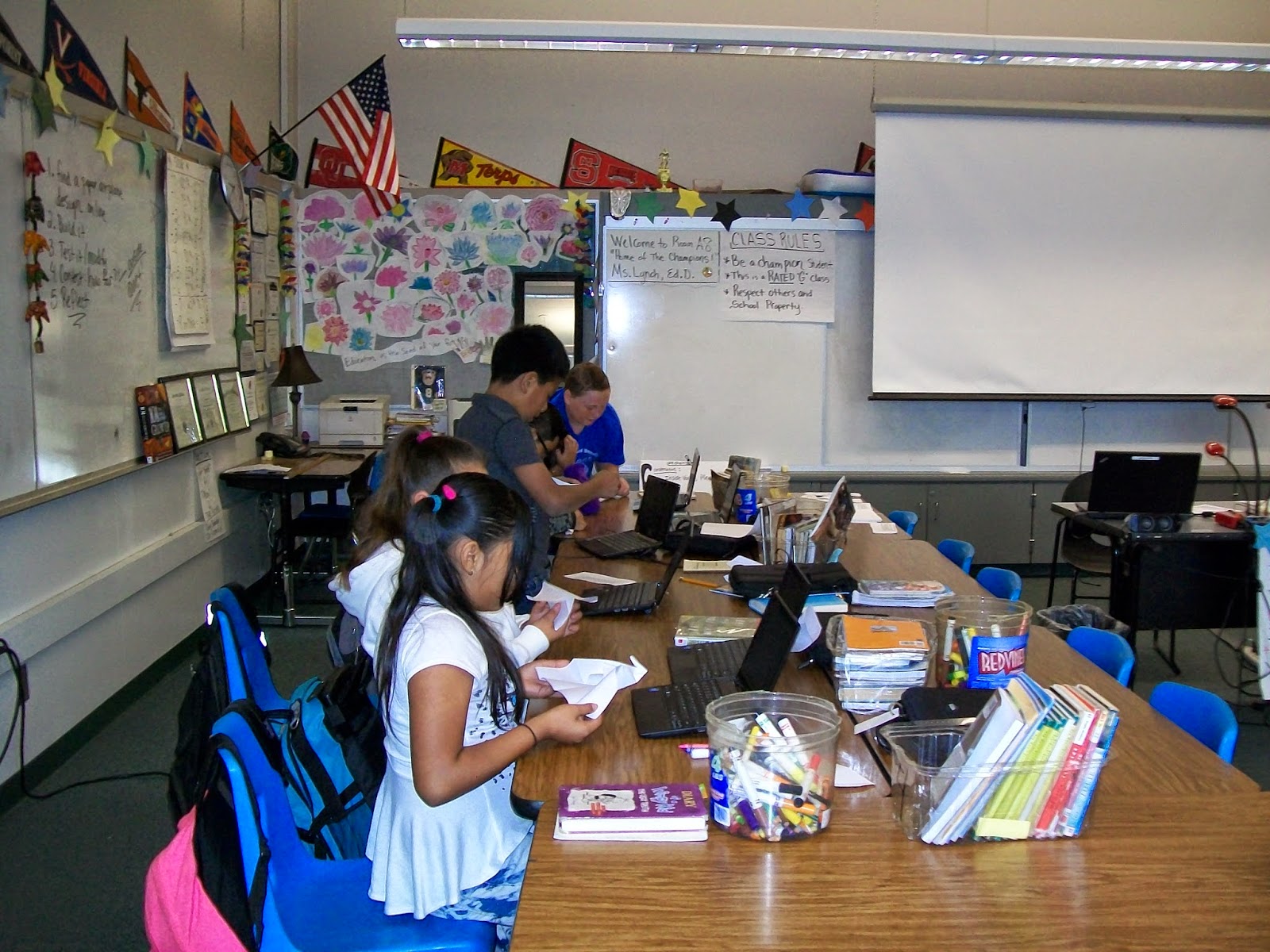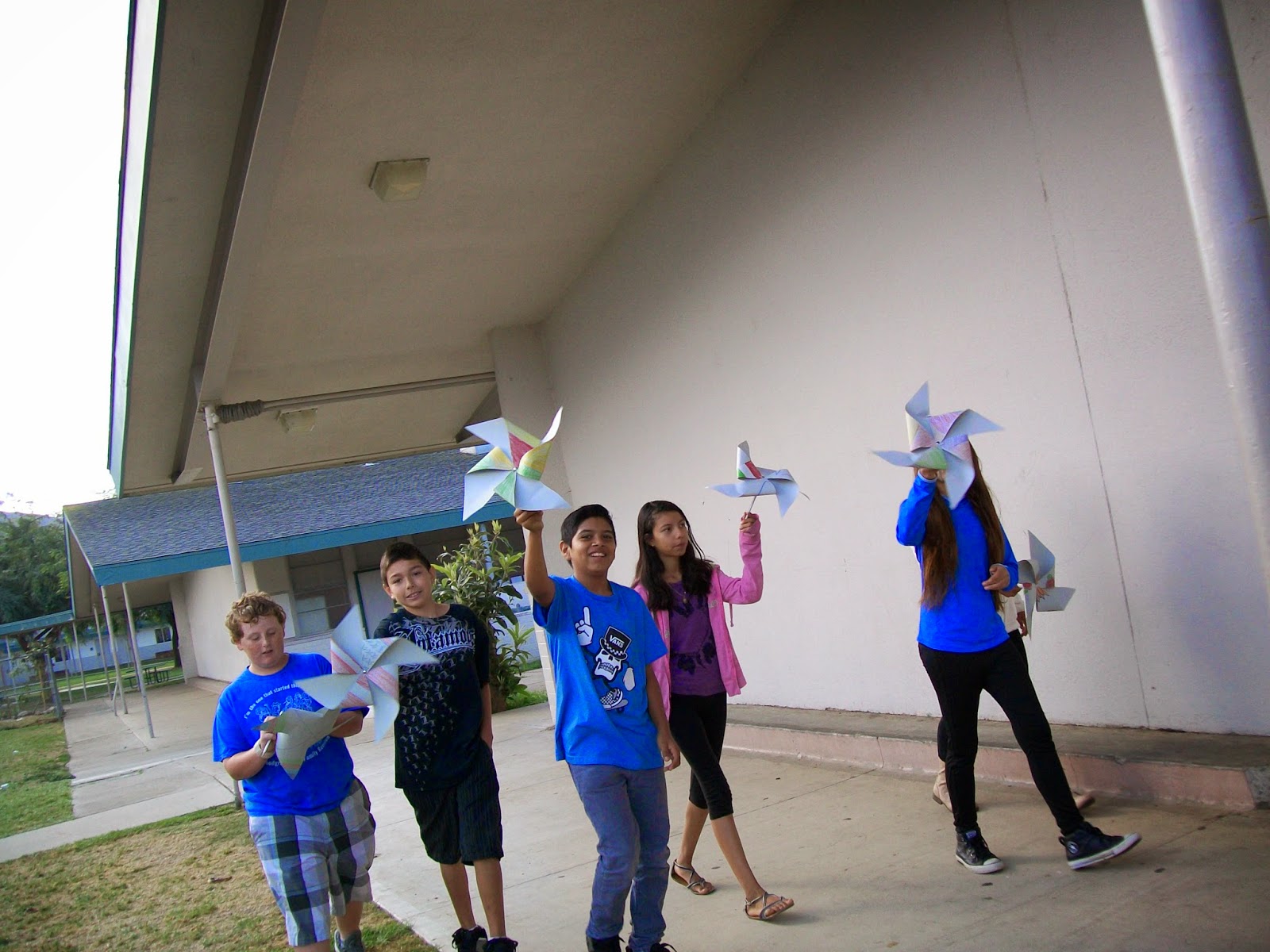First, students went over some key vocabulary such as "incline", "performance", and "accelerate". Then we did a Visual Thinking Strategy looking and various types of zip lines.
Next, students were given a bag of Legos and a paper clip to engineer a "airplane". Students then tested and modified their creation after trying it on the zip line. Most students were able to construct their Lego airplane plane to make it all away across the zip line (about 11 feet).
Our final steps in this activity was for students to type a reflection summary using their net-book and taking a picture of their airplane to add to the summary reflection.
Well done Champions!


















































